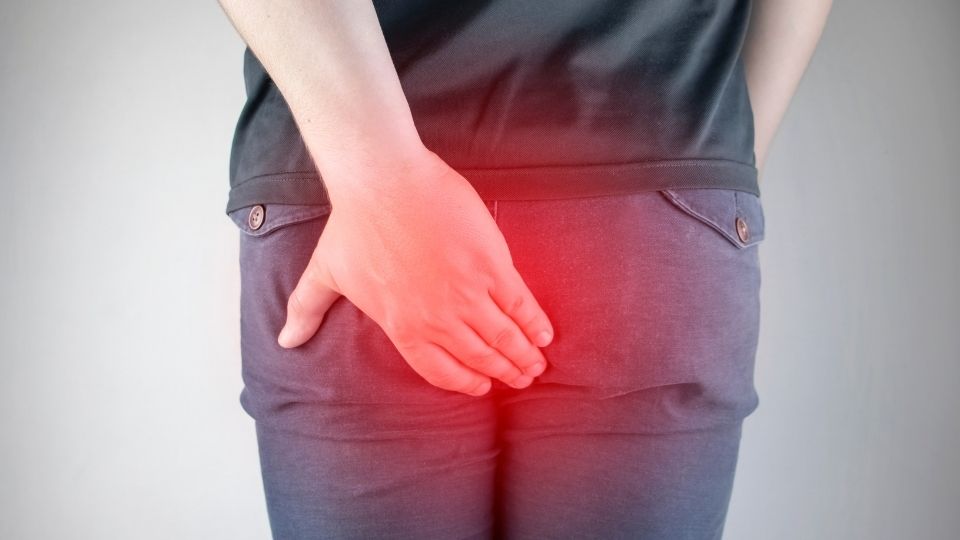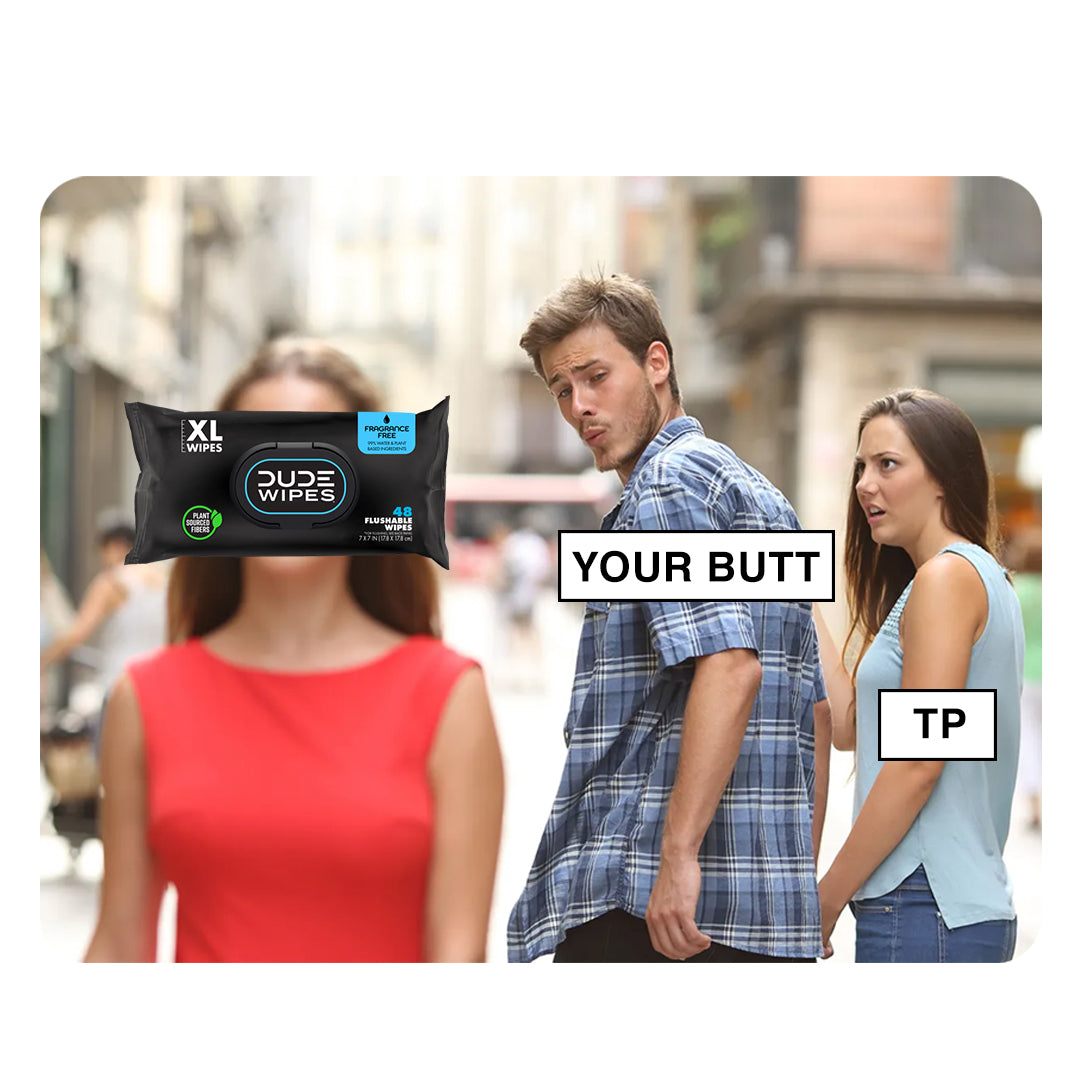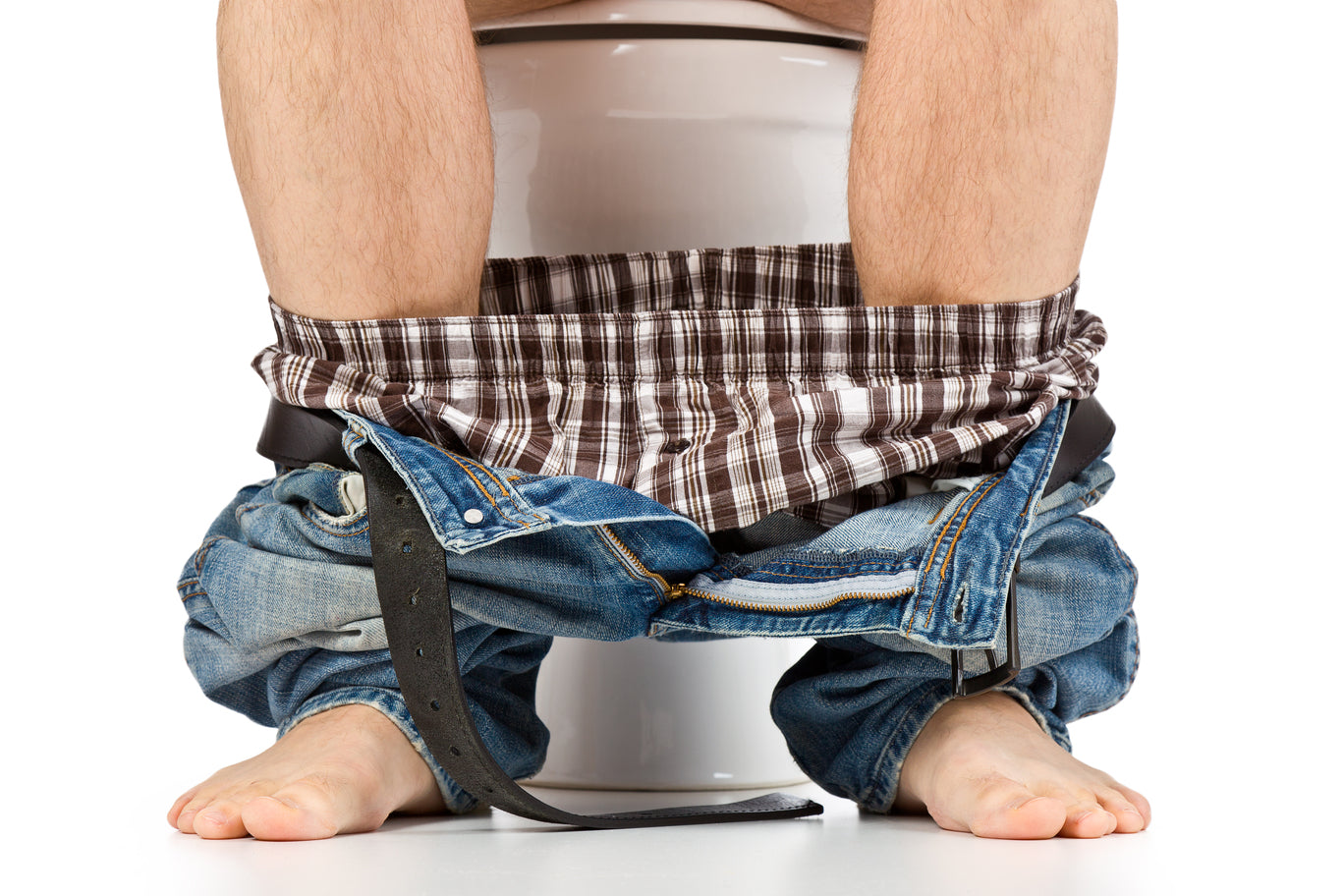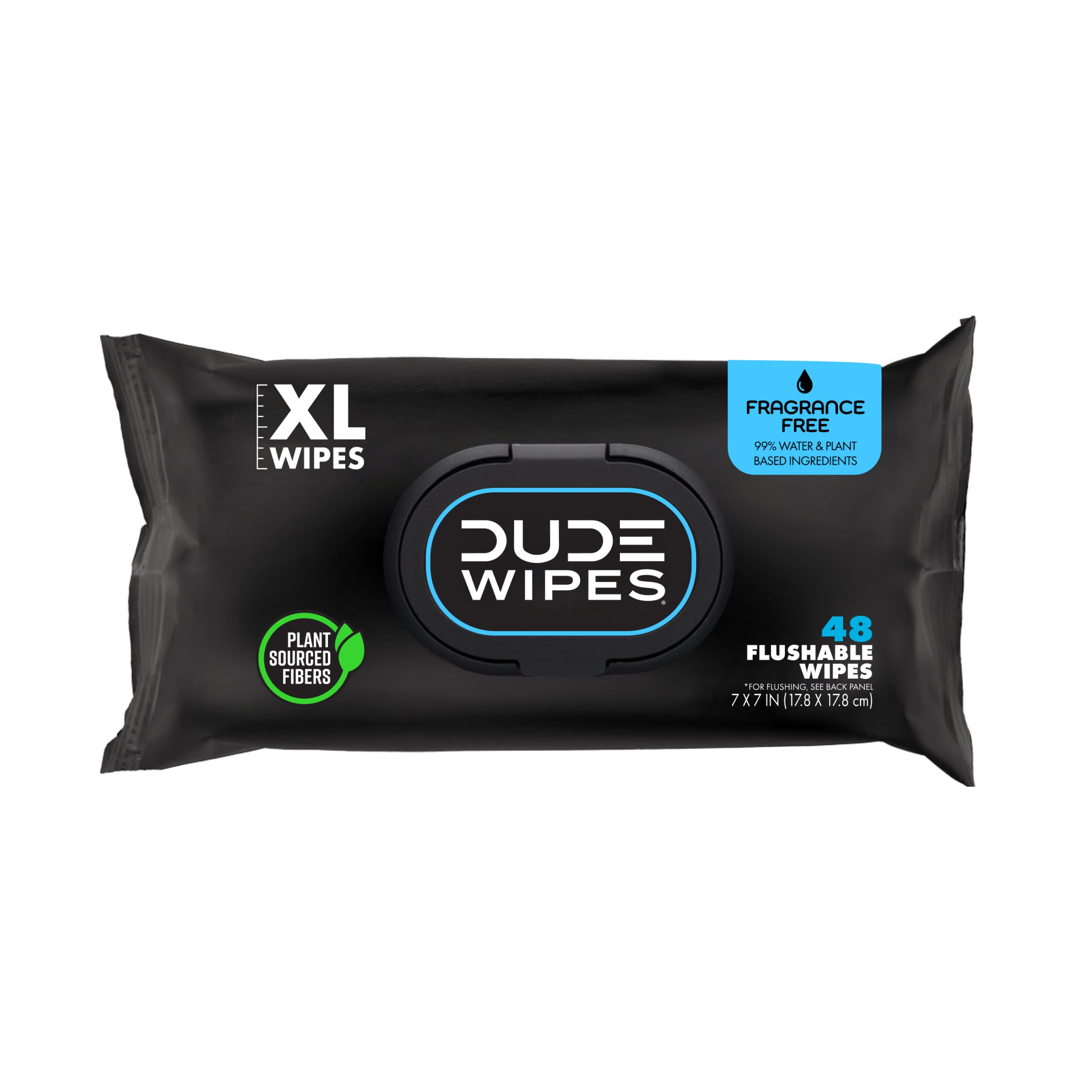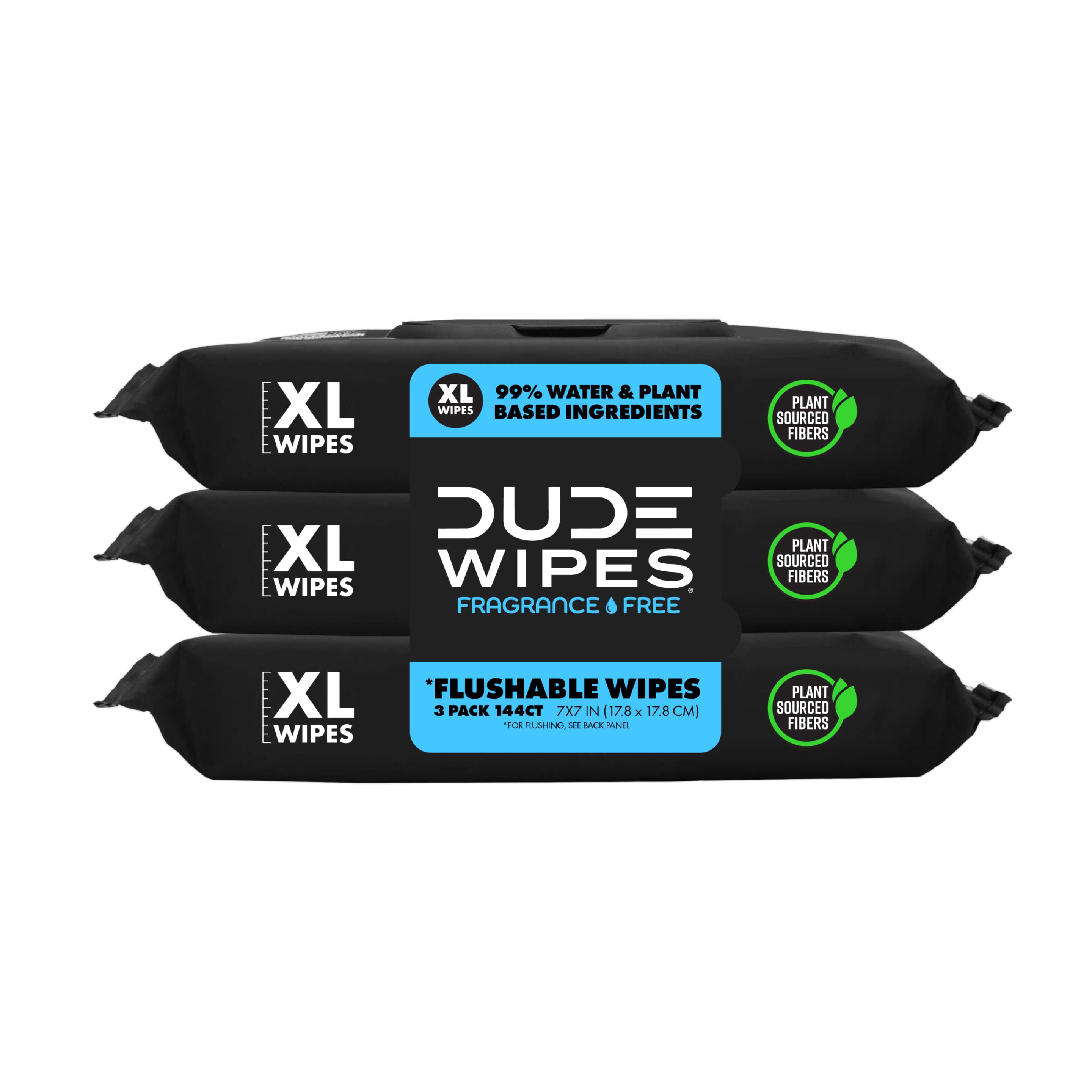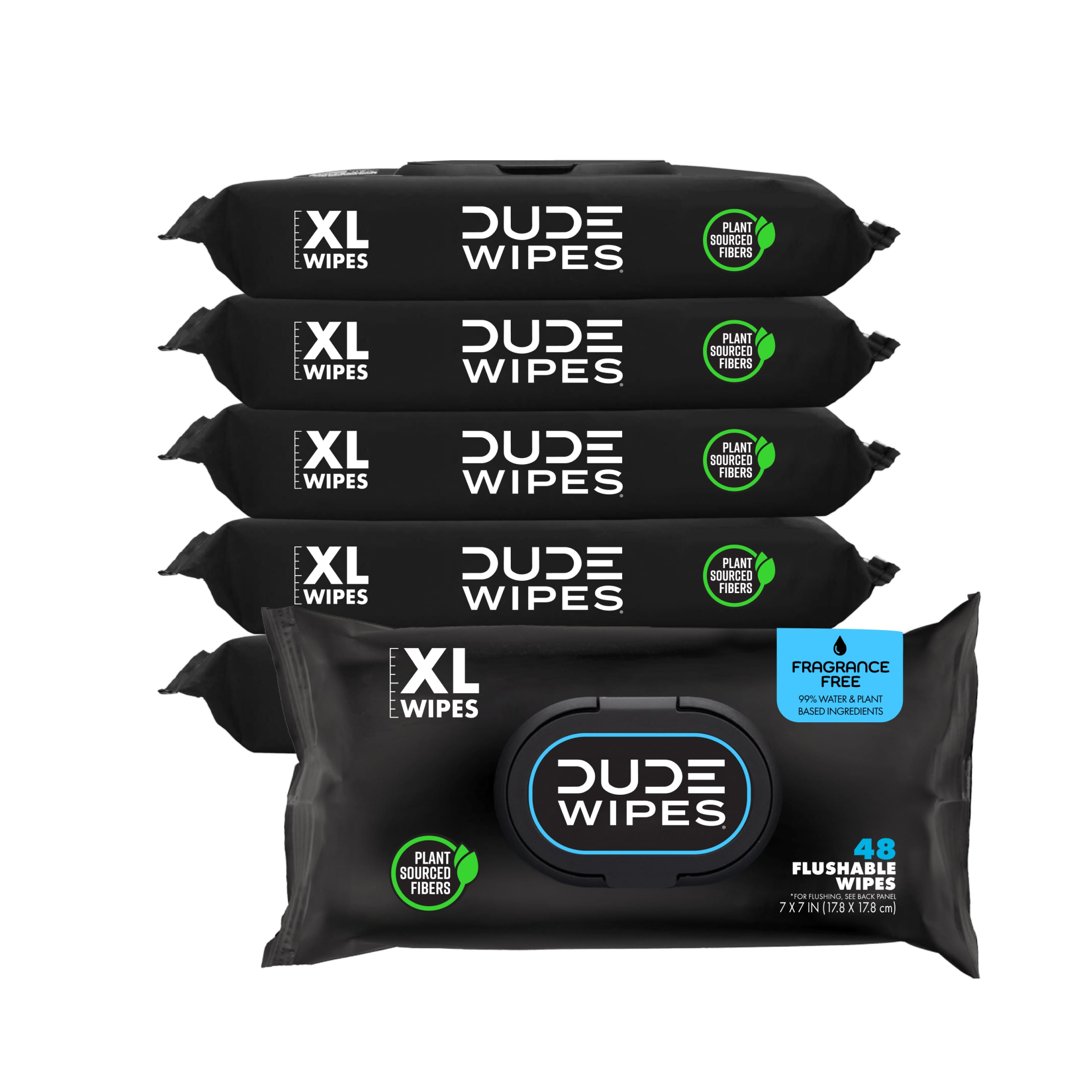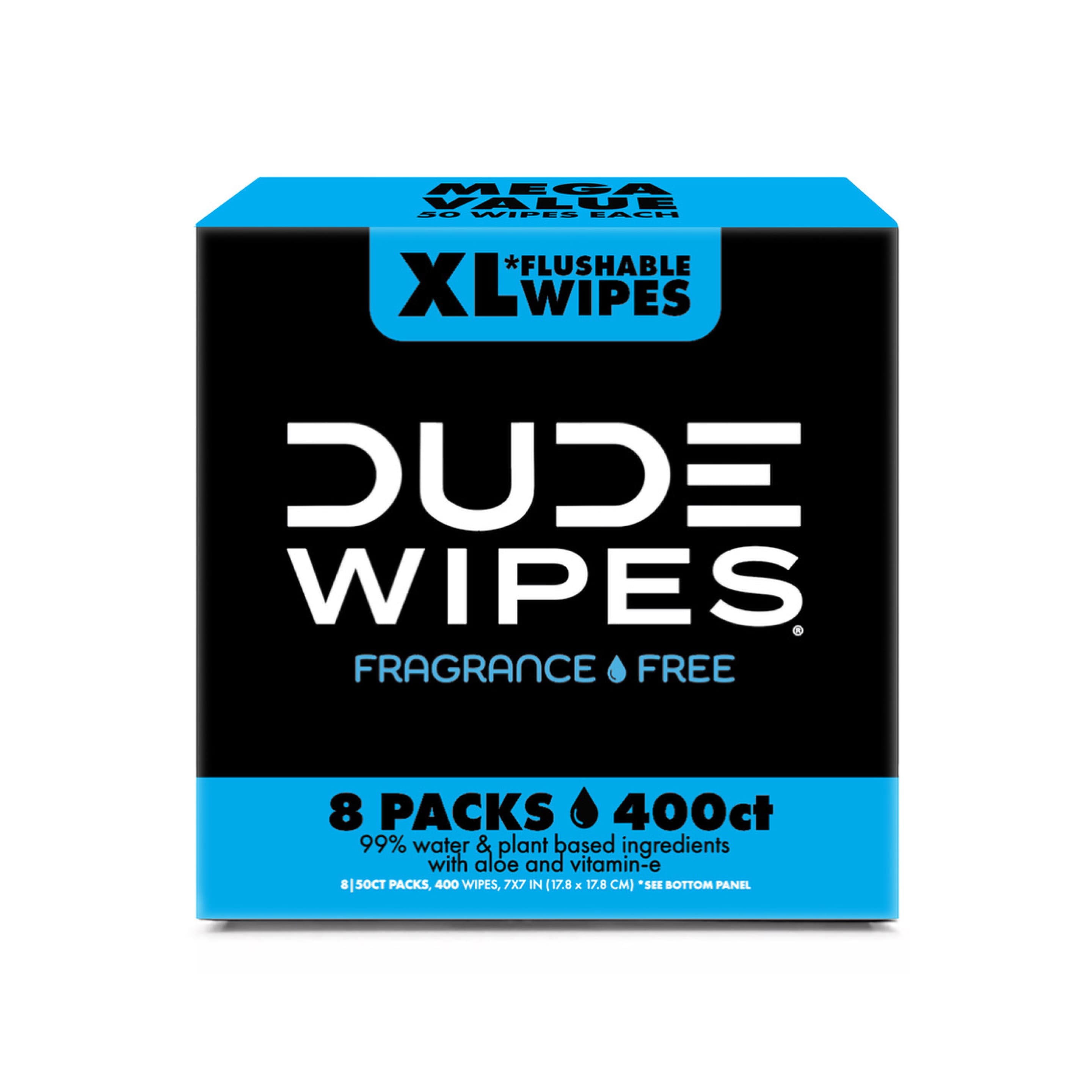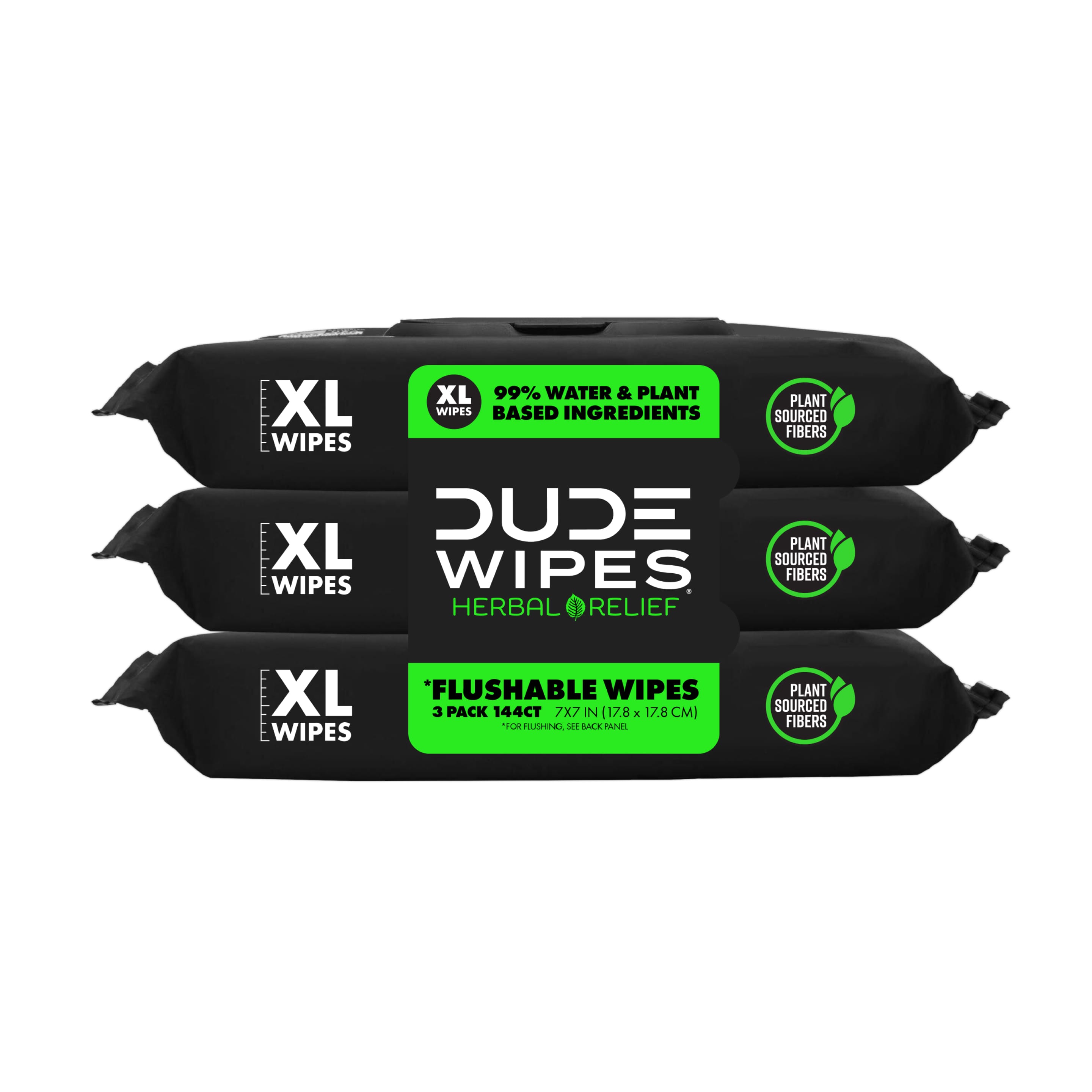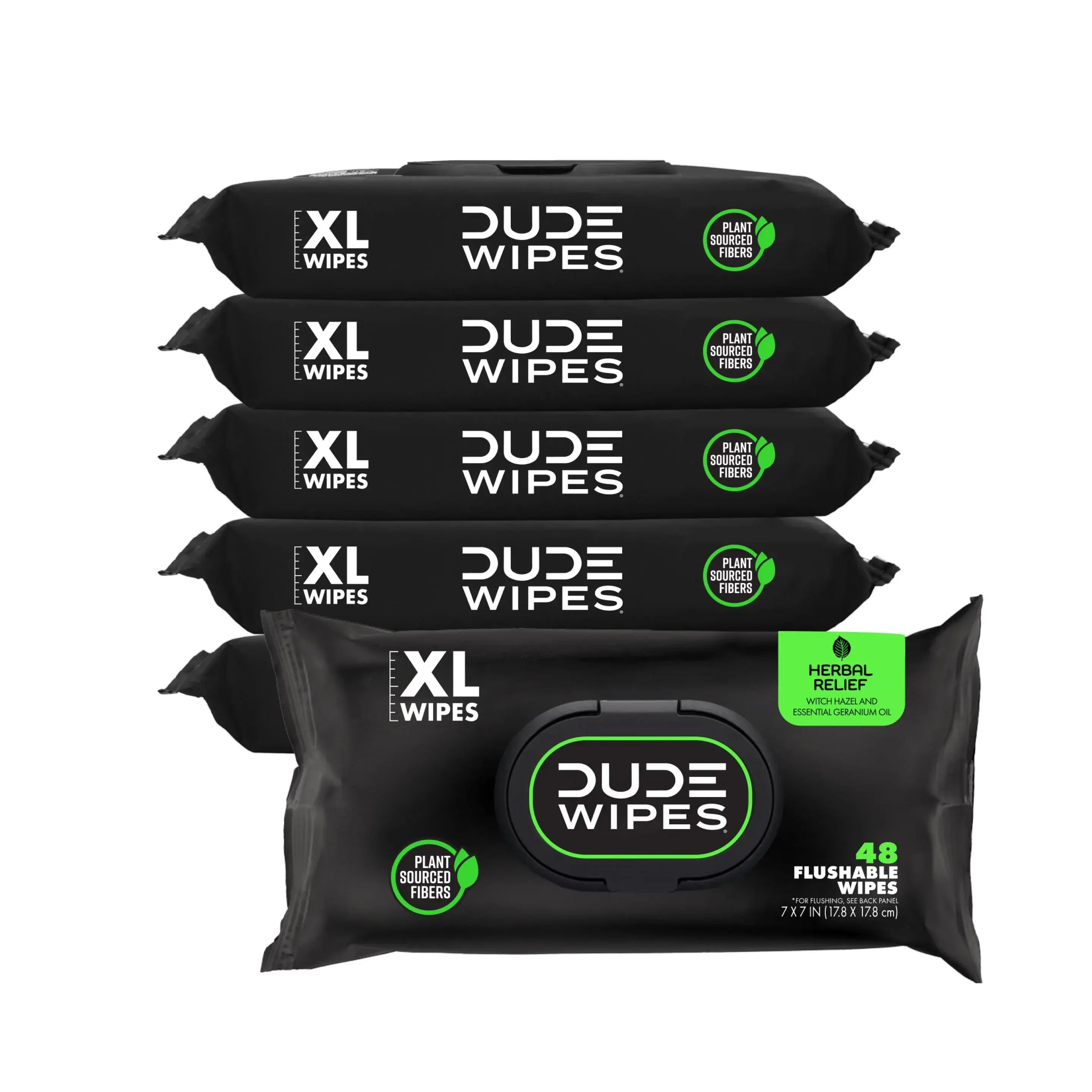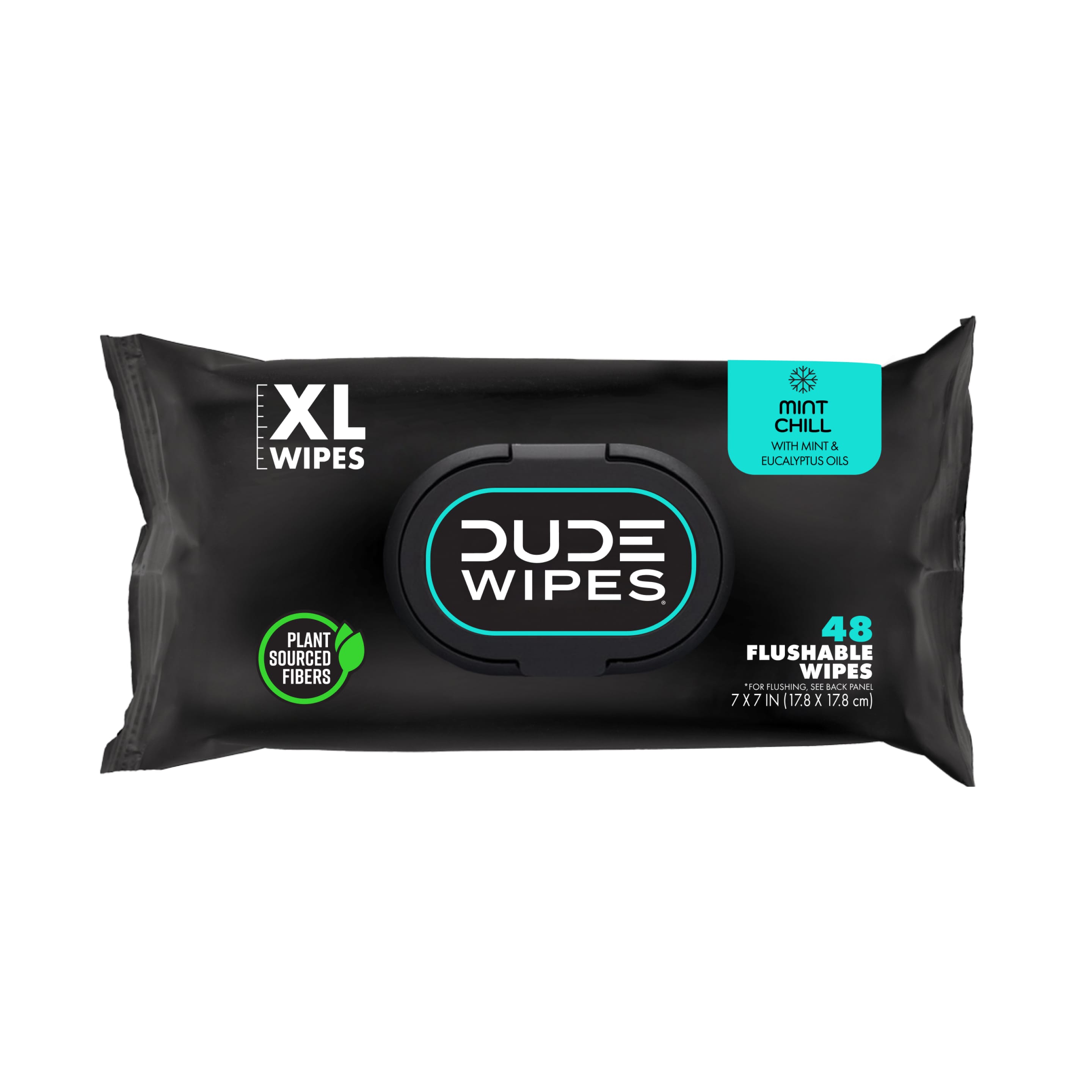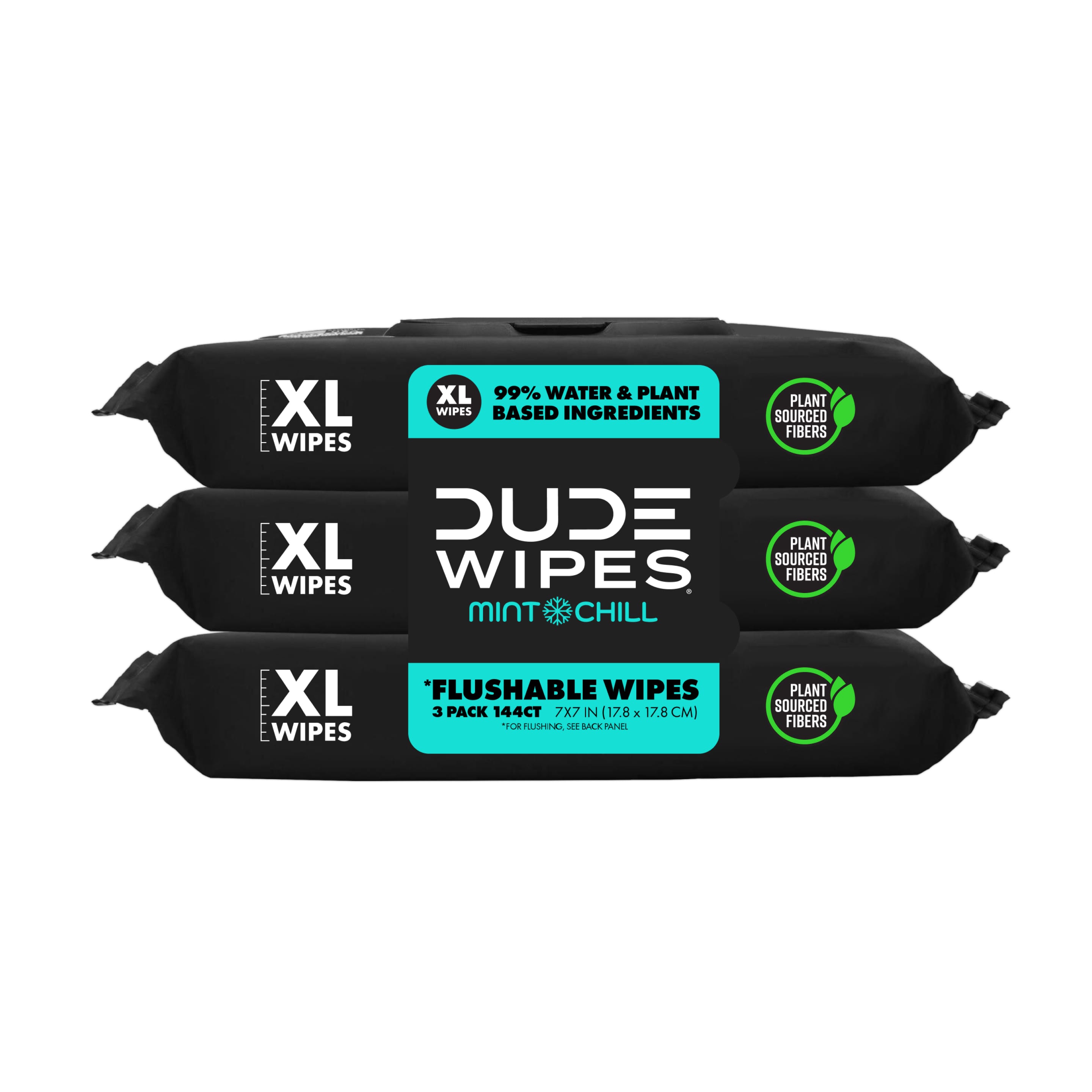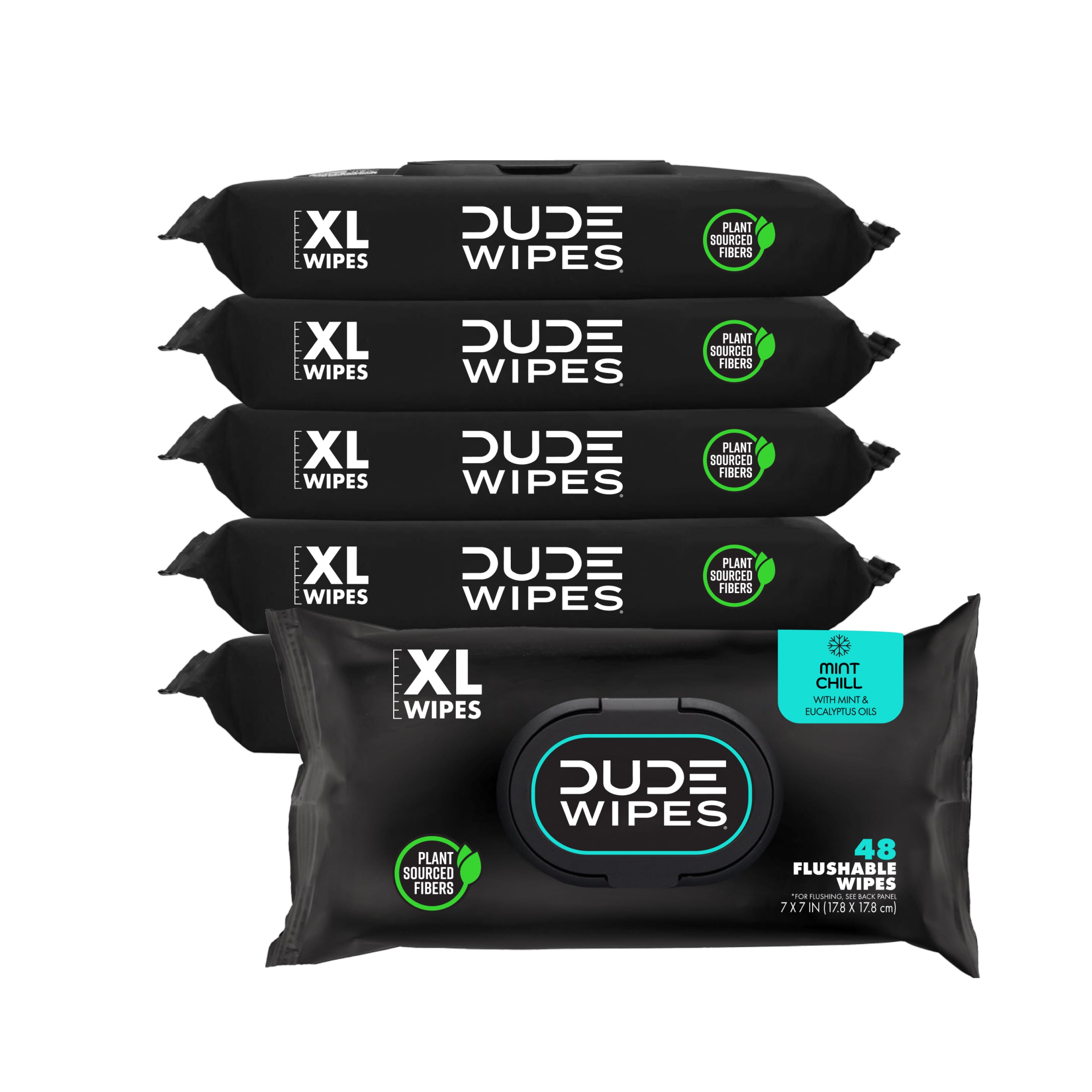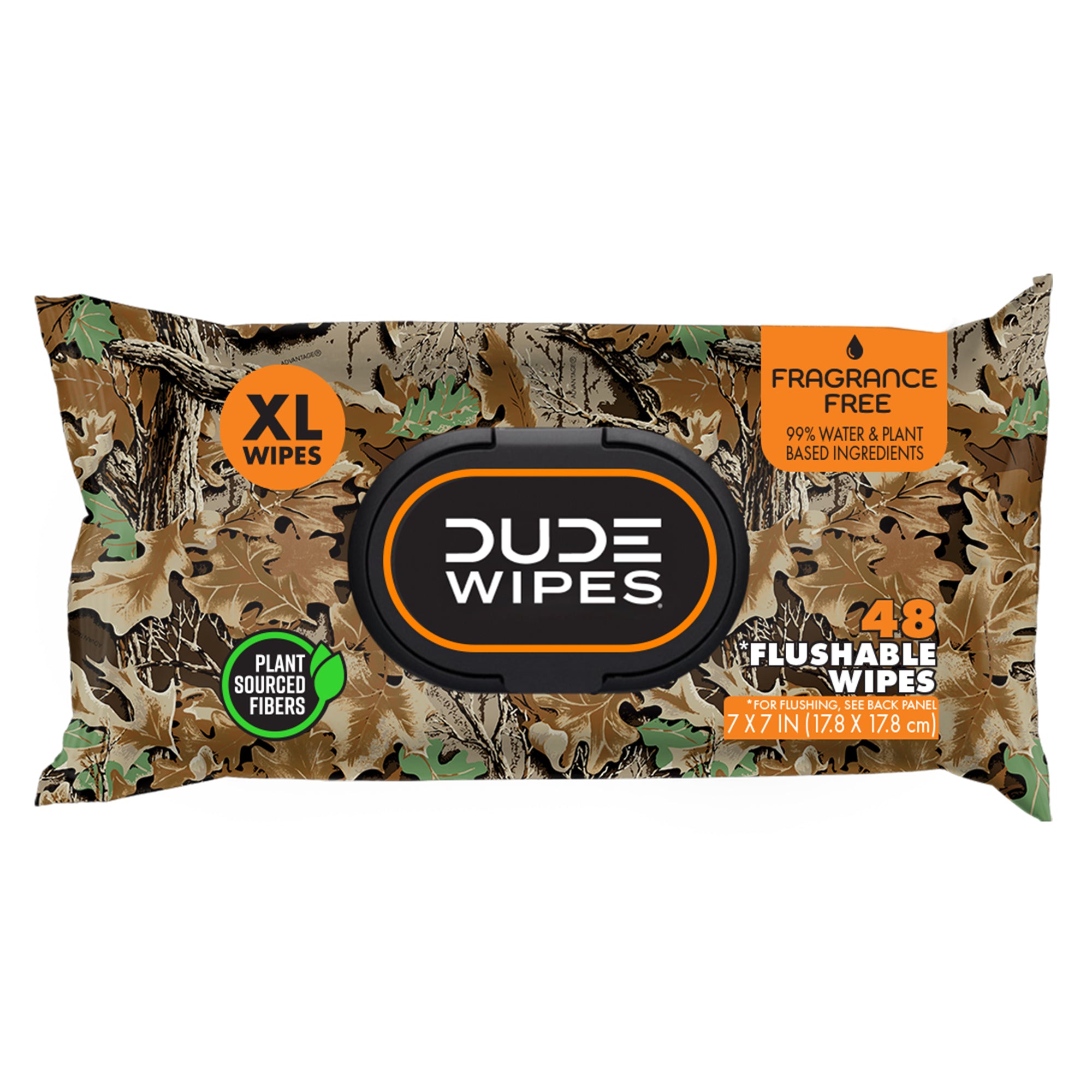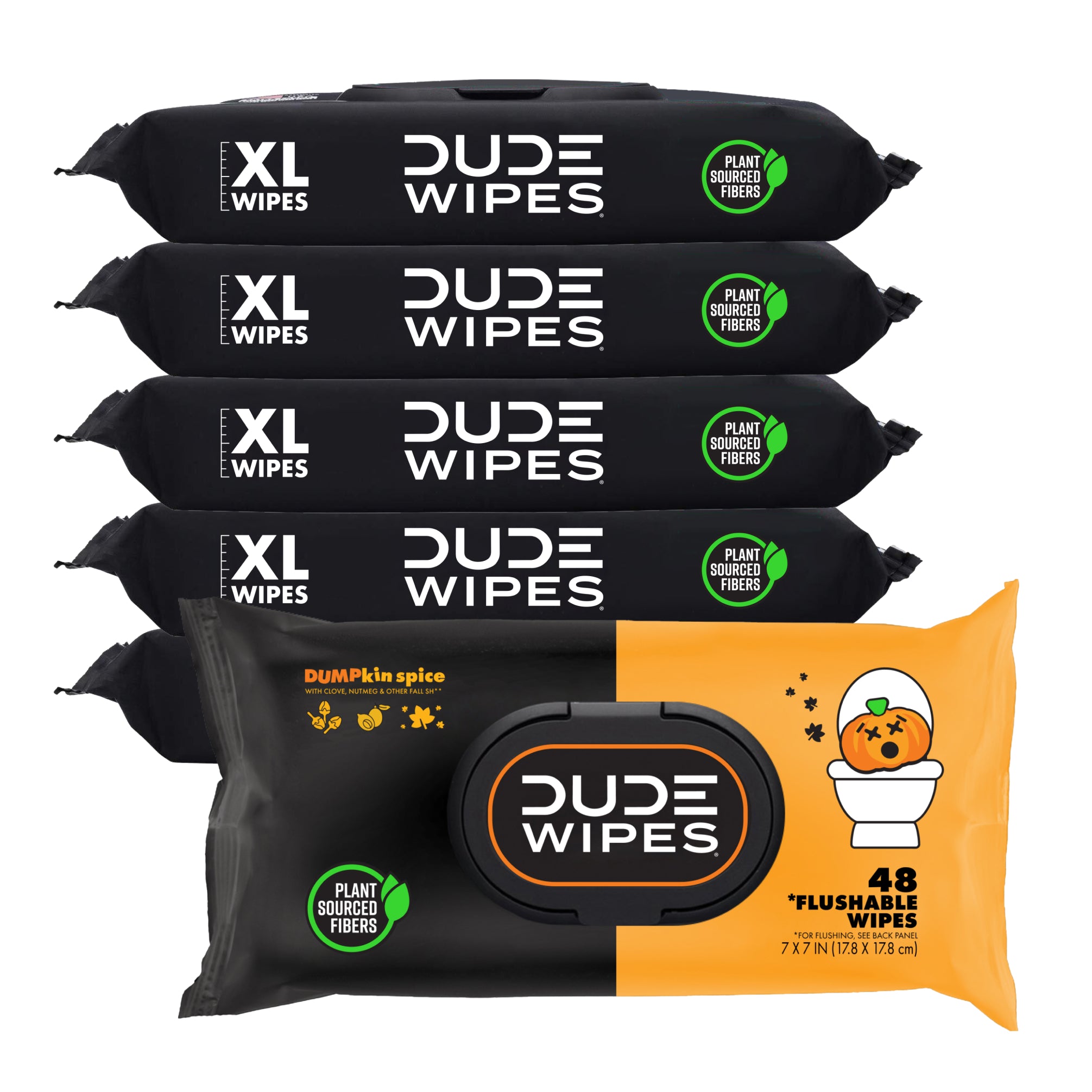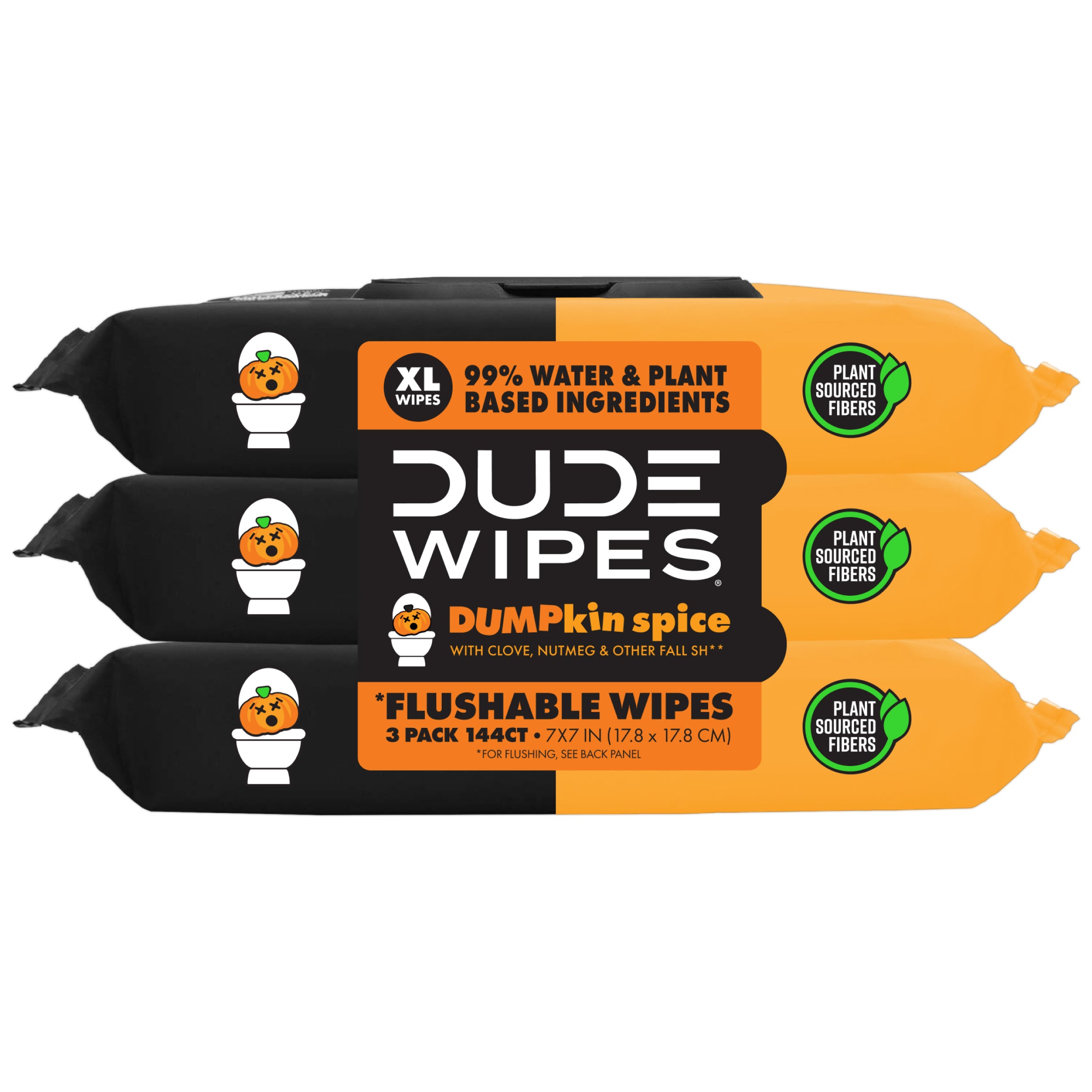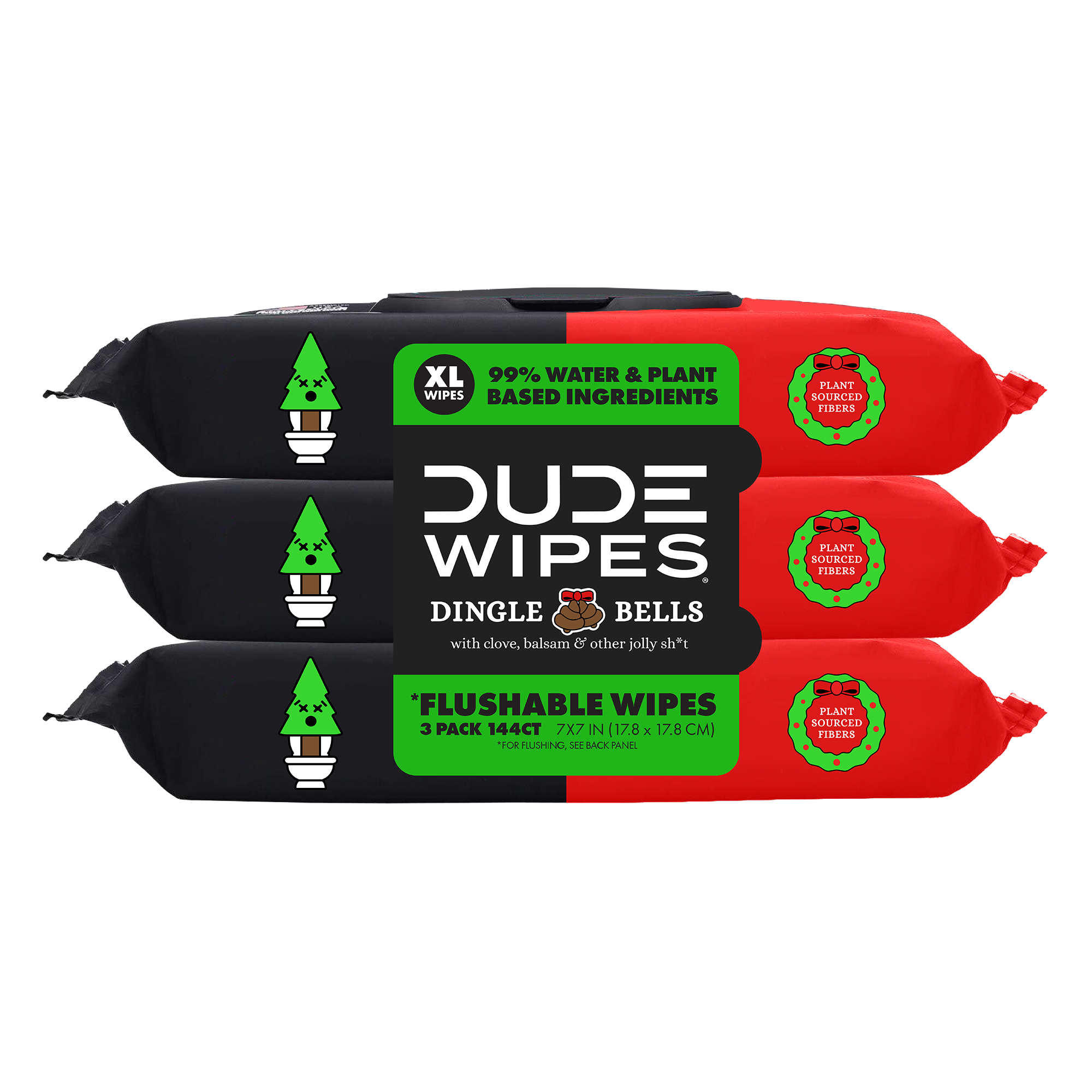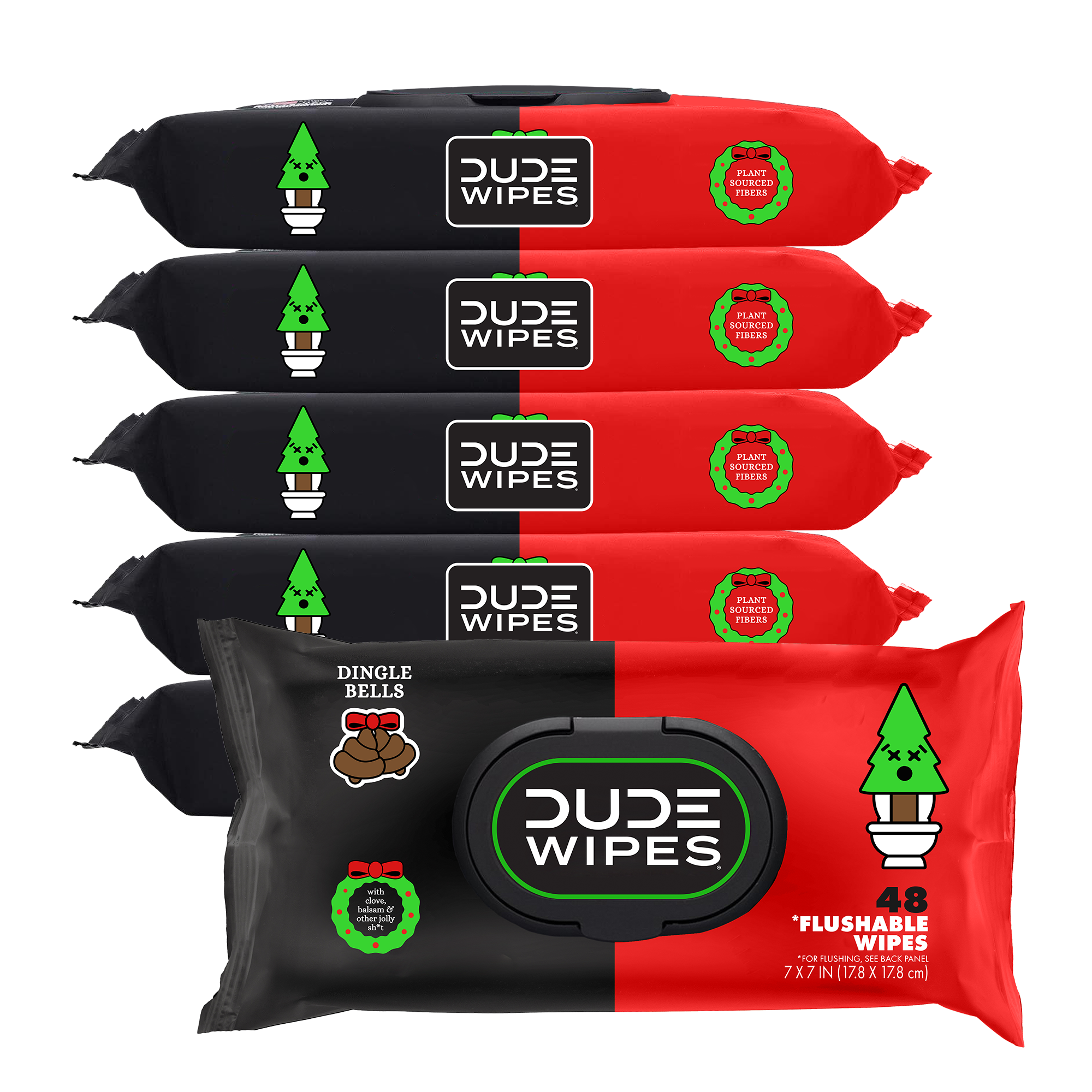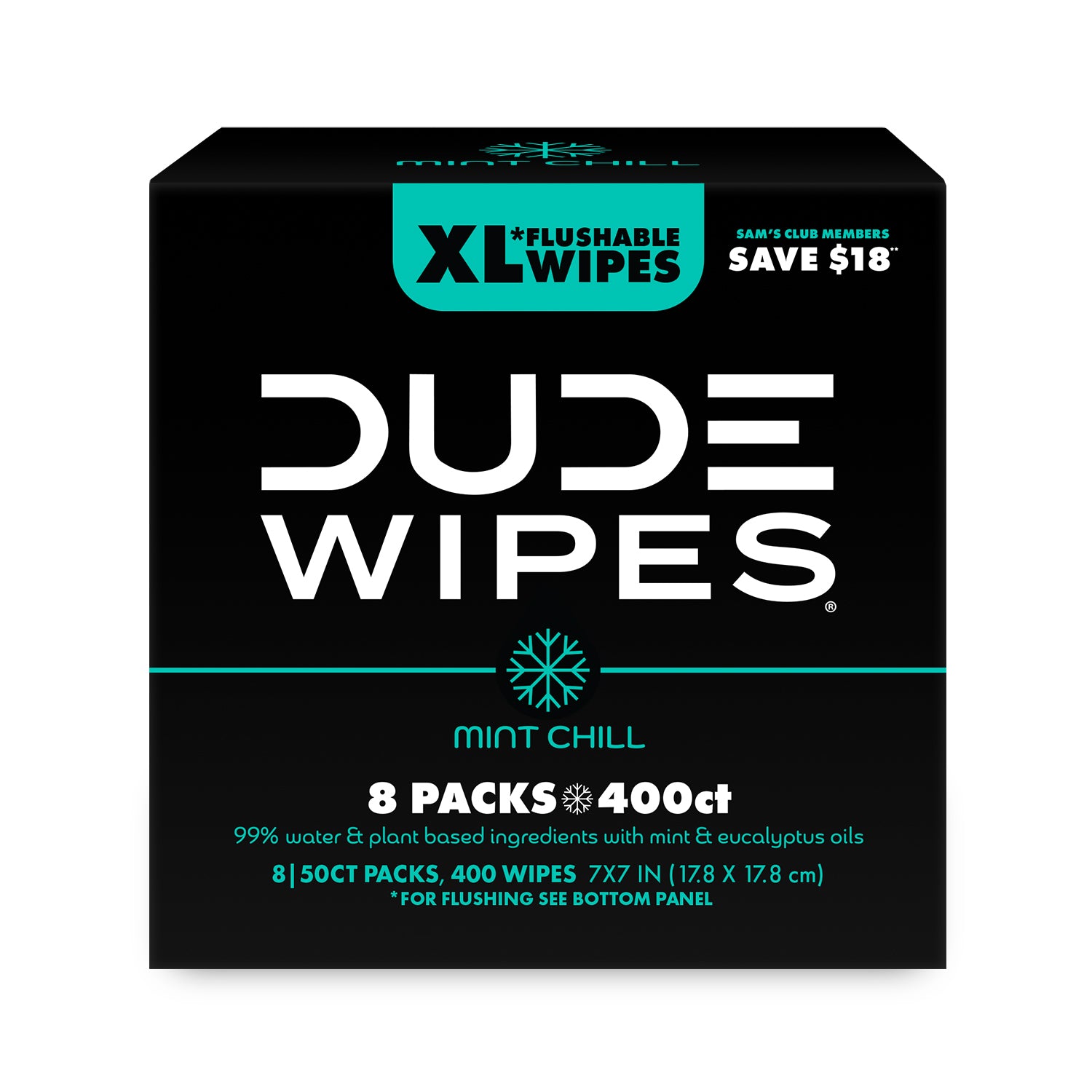99% of the time, the term “pain in the ass” is a metaphor for a mild inconvenience. But if you’re reading this, chances are your pain in the ass is way too literal.
One of the more common culprits of butt pain is a perianal abscess, which is basically a pimple on steroids that camps out near your b-hole. These things are filled with pus, hurt like hell, and turn everyday activities like sitting, coughing, and pooping into a living nightmare.
We wouldn’t wish a perianal abscess on our worst enemy (not even the CEOs of Big Toilet Paper). The good news is they’re treatable; the bad news is they can cause serious problems below the belt if you don’t get treatment ASAP.
As folks who know a thing or two about taking care of butts, we’re here to give you the full scoop on these painful butt blisters, including causes, symptoms, outlook, and (most importantly) how to get rid of them.
What Is a Perianal Abscess?
A perianal abscess is a painful, boil-like lump near your butt hole or perianal area (AKA your gooch). The lump is usually red and filled with pus or blood, which causes constant, throbbing pain. Think of it as a bigger, more painful version of a pimple.
A perianal abscess is also known as a perirectal abscess, anorectal abscesses, or anal abscesses.
Perianal Abscess Symptoms
Some common symptoms of a perianal abscess include:
- Severe pain in your rectum or anal area
- Painful bowel movements
- Rectal discharge
- Rectal bleeding
- Abdominal pain
- Fever
- Chills
- Fatigue
To know for sure whether you’re dealing with a perianal abscess, your healthcare provider may have you undergo a rectal exam, CT scan, or MRI. While this won’t be the highlight of your afternoon, it’s important for your doc to see what’s going on down there to rule out more serious stuff like colorectal cancer.
Perianal Abscess vs. Hemorrhoid
Perianal abscesses are often confused with hemorrhoids, but they’re different beasts.
The main difference is that an abscess is an infection, whereas a hemorrhoid is a swollen vein in your anal area. An abscess is tender to the touch, while hemorrhoids are more firm. Abscesses usually hurt way more than a hemorrhoid.
Lastly, hemorrhoids tend to go away on their own, while abscesses need to be drained (more on that later).
What Causes Perianal Abscesses?
A perianal abscess occurs when one of your anal glands gets clogged and infected. When that happens, pus and fluids build up in the anal gland, causing serious pain in your nether regions.
This leads to another question: how does an anal gland get clogged?
There are a bunch of small cavities in your anal canal called “glands” that secrete mucus to keep your digestive system functioning properly. If bacteria from poop infects one of these glands, an abscess can form. There are several risk factors that may increase the chances of an infected anal gland:
- Inflammatory bowel disease (IBD) such as Crohn’s disease and ulcerative colitis
- Frequent diarrhea
- Constipation
- Diabetes
- Diverticulitis
- Pregnancy
- Smoking cigarettes
- Medical conditions that compromise your immune system
- Sexually transmitted infections (STIs)
- Taking the medication prednisone, or other corticosteroids
- Certain butt stuff in the bedroom
There are about 200,000 US cases of perianal abscesses per year, but there’s bad news for DUDES: they’re twice as common in men compared to women.
Is a Perianal Abscess an STD?
A perianal abscess is not a type of STD—there are all sorts of things that can cause an abscess to form, as we covered above. That said, some sexually transmitted infections can increase the risk of abscess development, including herpes, syphilis, chlamydia, and HIV/AIDS.
How Serious Is a Perianal Abscess?
Don’t despair if you get a perianal abscesses: they aren’t permanent and they’re highly treatable. But that doesn’t mean you should ignore that pain in your ass and hope for the best.
If the abscess breaks open, it can turn into an anal fistula: a small tunnel that connects the infected anal gland to an opening around the anus. About half of people who get anal abscesses end up with an anal fistula formation, according to the American Society of Colon and Rectal Surgeons.
Anal fistulas often require surgical treatment, so it’s best to address your abscess ASAP.
How to Get Rid of a Perianal Abscess
Perianal abscesses rarely go away on their own. Whatever you do, never pop a perianal abscess. This only makes them worse and can cause the infection to spread throughout your nether regions.
The most effective (and safest) treatment option is to drain the pus from the infected gland, which relieves the pressure and pain. This is an outpatient procedure your doctor handles in their office. If you’ve got an XL abscess, it may require rectal surgery to repair.
After drainage, it usually takes 3-4 weeks for the abscess to fully heal. During the recovery phase, your healthcare provider may share the following tips to keep your butt healthy:
- Antibiotics to prevent infection
- Laxatives, stool softeners, or fiber supplements to prevent constipation
- Sitz baths with warm water to keep the area clean
- A follow-up visit to ensure the abscess is healing properly
Don’t Torture Your Hole With TP
Whether you’re suffering from a perianal abscess or your booty is pristine, wiping with dry sandpaper puts you on the fast track to a chapped rear.
We couldn’t stand to see DUDES doing self-inflicted damage to their nether regions, so we invented DUDE Wipes: extra-large flushable wipes infused with soothing ingredients like aloe and vitamin E.
And for the guys out there with extra-sensitive undersides, we have DUDE Wipes Medicated, infused with witch hazel for a healing touch. Lastly, if you want to abandon wiping altogether, we have the DUDE Wiper 1000 bidet attachment, AKA a power washer for your rear.

